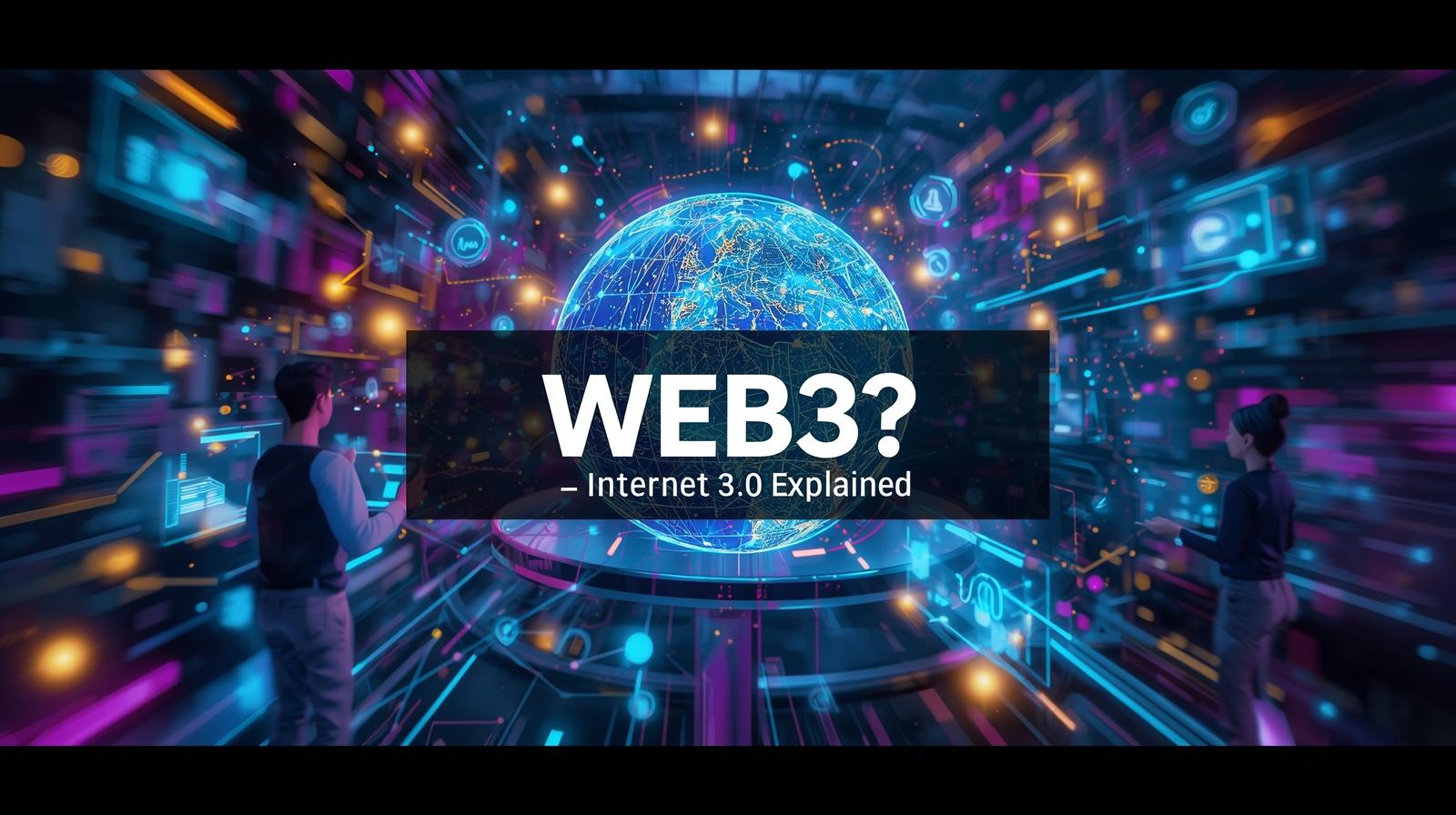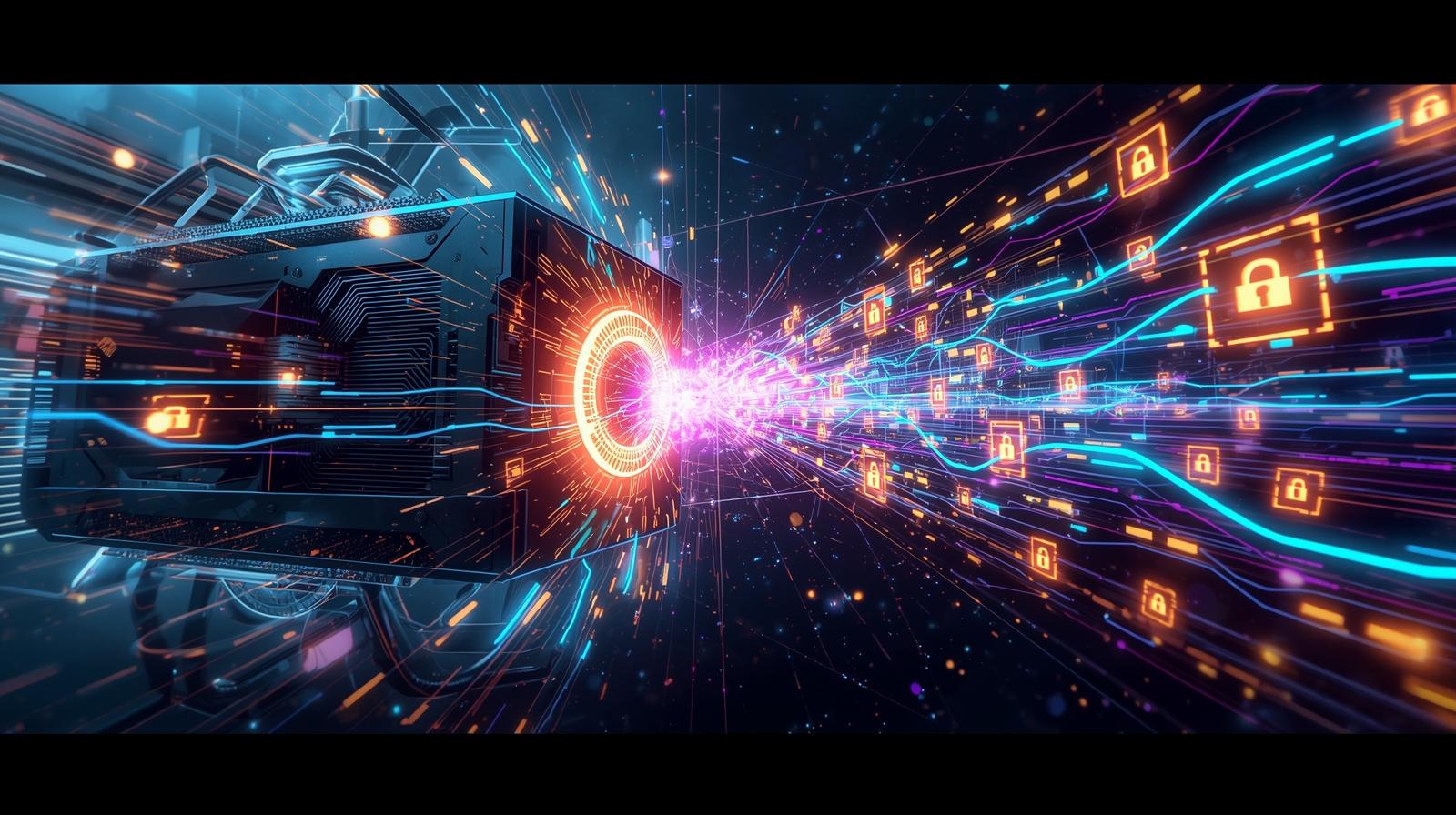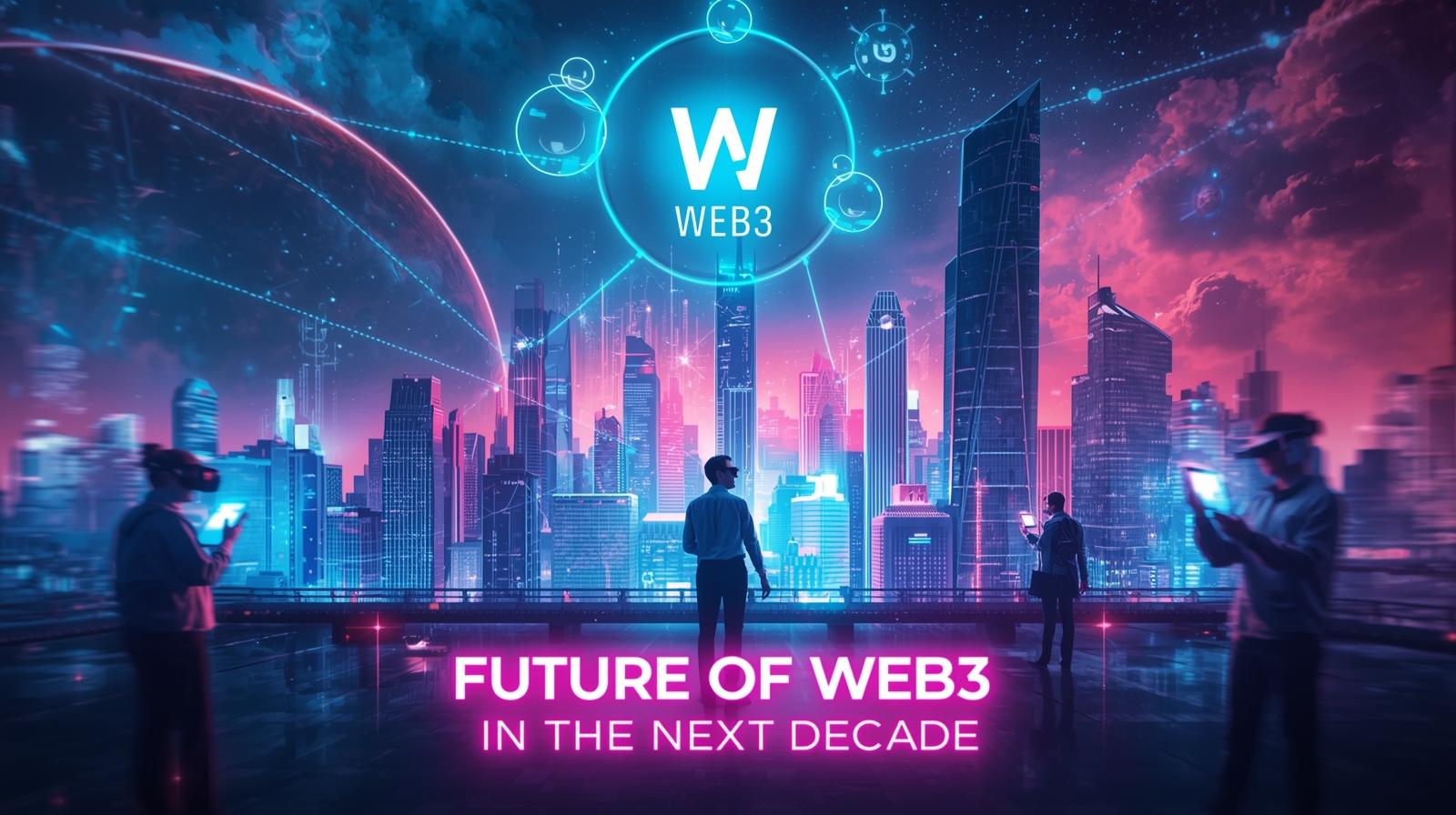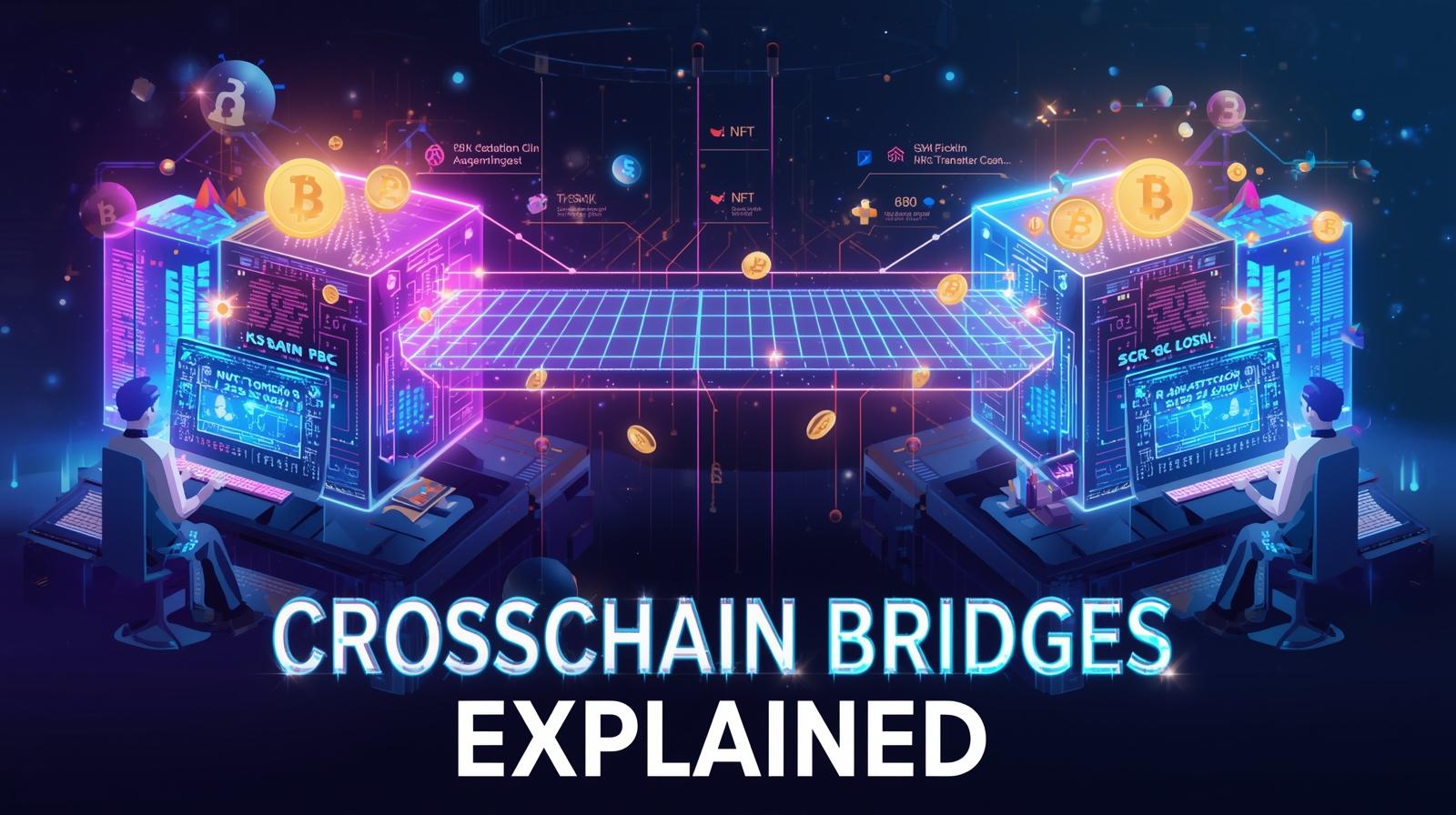The internet has evolved rapidly over the past few decades. From the static web pages of Web 1.0 to the social and interactive Web 2.0, we are now entering a new era: Web3, also known as the decentralized internet or Internet 3.0. But what exactly is Web3, and why is it generating so much buzz?
Understanding the Evolution: Web 1.0 to Web3
- Web 1.0 – The Read-Only Web
Web 1.0 was the early version of the internet (1990s–early 2000s), primarily consisting of static websites. Users could read information, but interaction was limited. Think of it as a digital library. - Web 2.0 – The Read-Write Web
Web 2.0 (mid-2000s onward) introduced interactivity. Platforms like Facebook, YouTube, and Twitter allowed users to create, share, and interact with content. However, Web 2.0 also centralized power in the hands of tech giants, which controlled user data and monetization. - Web3 – The Read-Write-Own Web
Web3 promises a decentralized internet where users own their data and digital assets. Using blockchain technology, cryptocurrencies, and decentralized applications (dApps), Web3 aims to reduce reliance on centralized authorities.
Key Features of Web3
- Decentralization: No single company or entity controls the network. Blockchain ensures transparency and security.
- Ownership of Data: Users control their personal information and digital assets.
- Tokenization: Digital tokens and cryptocurrencies allow new business models, including micro-payments and decentralized finance (DeFi).
- Smart Contracts: Automated contracts execute predefined actions without intermediaries, increasing efficiency.
- Interoperability: Web3 platforms and applications aim to work seamlessly across different networks and ecosystems.
How Web3 Impacts Daily Life
Web3 is not just a technical concept—it can affect finance, social media, gaming, art, and more:
- Finance: Decentralized Finance (DeFi) allows peer-to-peer lending, borrowing, and investing without banks.
- Gaming: Play-to-earn models reward players with tokens that have real-world value.
- Digital Art & NFTs: Artists can sell tokenized digital art directly to collectors without middlemen.
- Social Media: Users can monetize their content directly and maintain ownership of their data.
Challenges Facing Web3
Despite its promise, Web3 faces hurdles:
- Complexity: The technology is still complicated for mainstream users.
- Scalability: High network fees and slow transaction speeds on some blockchains can hinder adoption.
- Regulation: Governments are still figuring out how to regulate decentralized networks and cryptocurrencies.
- Security Risks: While decentralized, smart contracts and protocols can still have vulnerabilities.
The Future of Web3
Web3 is still in its early stages, but its potential to reshape the internet is immense. As adoption grows, we may see:
- New business models for creators and developers.
- Greater control over personal data.
- A more transparent, user-driven internet.
In essence, Web3 is more than a technological shift—it’s a philosophical one, emphasizing ownership, privacy, and decentralization.



